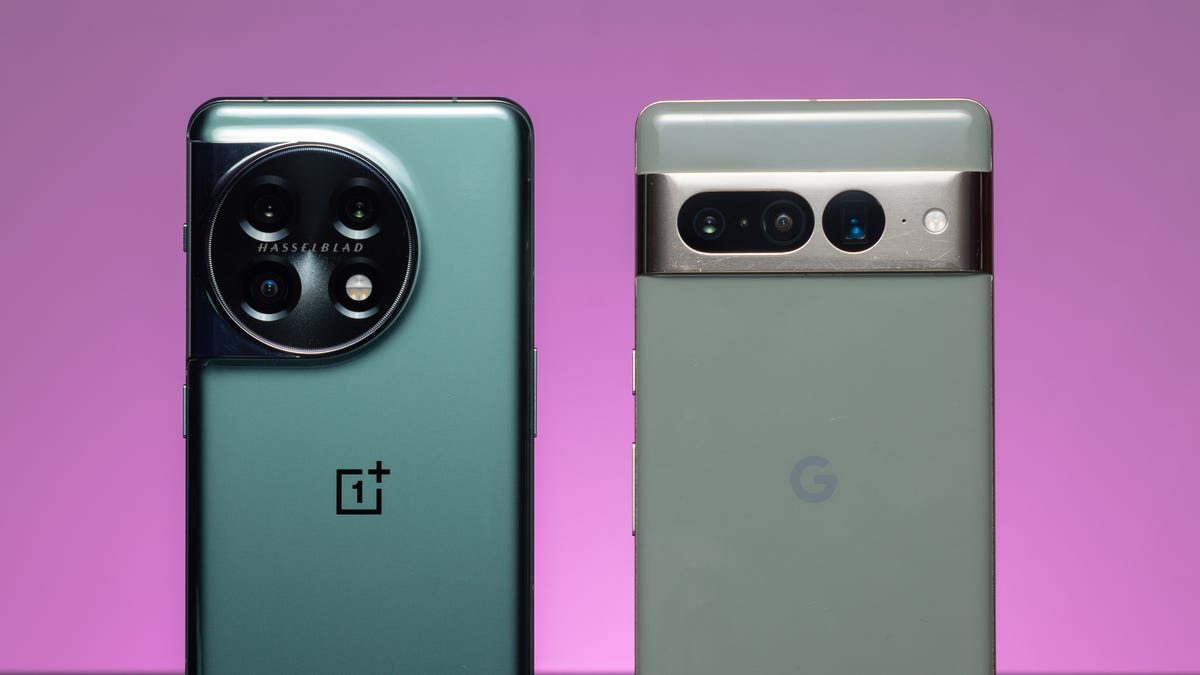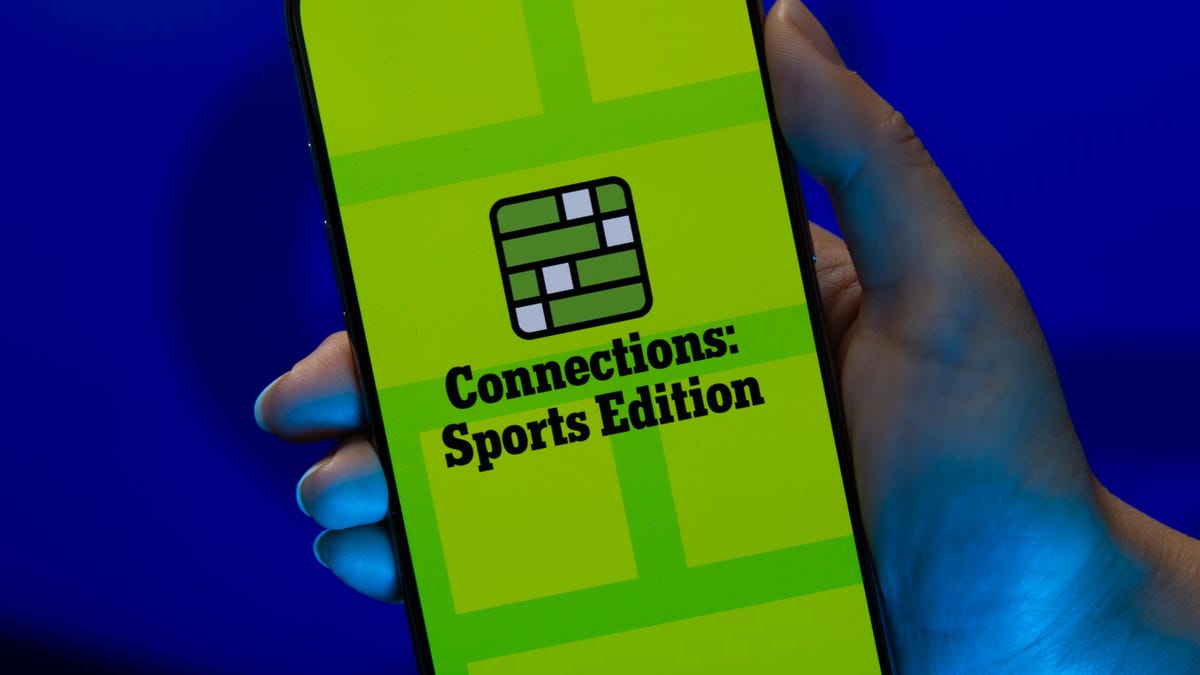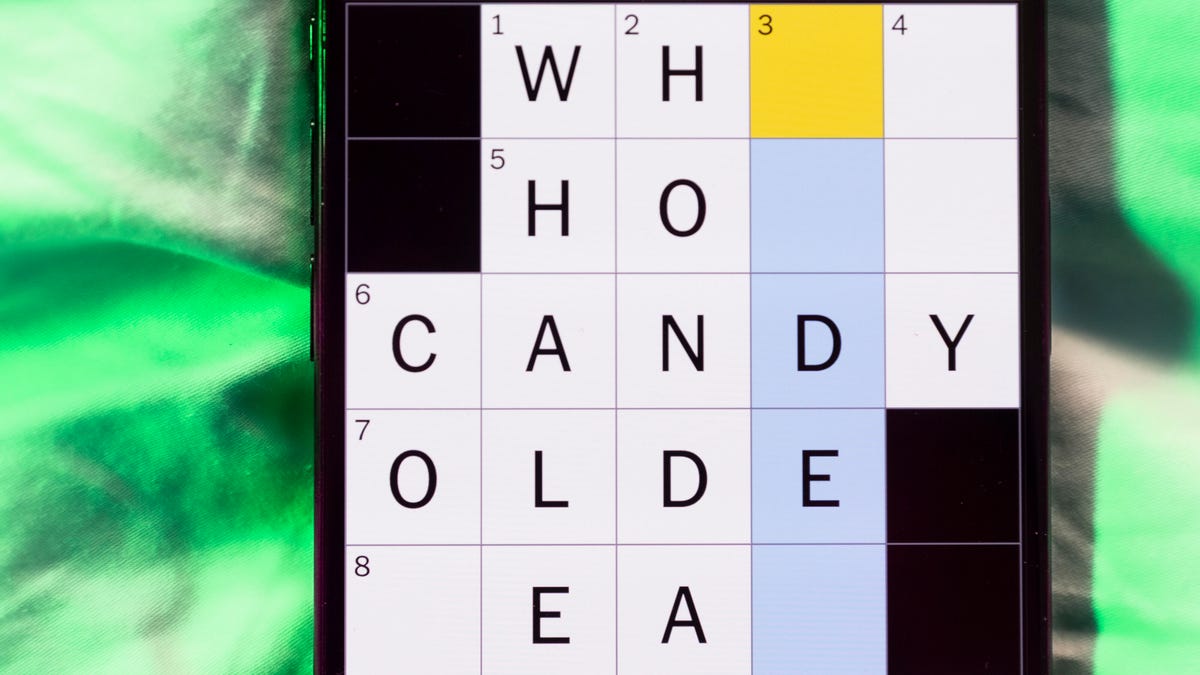Technologies
OnePlus 11 vs. Pixel 7 Pro: Testing the Cameras on Both High-End Phones
The newest OnePlus and Google Pixel phones each have triple camera setups. We tested both to figure out which is the best at taking pictures.

The OnePlus 11 is a powerful Android phone with a slick new design and great extras like hyperfast charging. But these days, a good phone also has to take good pictures. The OnePlus 11’s triple camera array takes high-quality shots, which you can read more about in the full review for the OnePlus 11. But I also wanted to see how it stacks up against its main rival, the Google Pixel 7 Pro.
The Pixel 7 Pro earned a coveted CNET Editors’ Choice award last year because of its specs and superb camera, so I knew it was going to be a fun «shoot-out» to determine which one captures the better photos.
I charged both handsets up and headed off around beautiful Edinburgh, Scotland, to see what’s what.
The OnePlus 11’s shot above is certainly more vibrant than the image from the Pixel 7 Pro, but it looks oversaturated, with quite a teal tone to the sky. As a result, the OnePlus image looks less natural. It’s something I found generally with the OnePlus 11 camera in testing it for my review.
Switching to the ultra-wide lens, the OnePlus 11 has again produced a more vibrant shot (see above). It’s not that it’s a bad photo — if you want bright, punchy shots of your friends having fun, it’ll suit you well. But it’s worth keeping in mind if you prefer more natural-looking shots like the one from the Pixel.
Both phones captured bright and well-exposed scenes in the photos above. But the HDR on the OnePlus 11 is too aggressive in lifting the shadows, resulting in quite a «processed» look. It’s again produced a blue sky that leans more into teal tones, while the Pixel 7 Pro’s shot looks more true-to-life overall.
Take a look above where it’s exactly the same story when we switch to the ultra-wide lens; overly lifted shadows and toned down highlights resulting in quite an HDR look to the image, to my eye.
I don’t feel the OnePlus 11 has done great in the photo above either, but mostly due to the color balance which has resulted in quite a teal-colored sky and a yellow-green tinge to the buildings on the left.
One of the things I found most disappointing in my OnePlus 11 review is that it lacks a proper telephoto zoom lens, instead having just a 2x zoom for portrait shots. I love a zoom lens on a phone as it allows you to find interesting compositions in your surroundings that might be lost to your friends and their wide-angle-only phone cameras. In the photo above, the OnePlus 11’s 2x lens only goes so far in getting a closer-up view of the buildings against the river.
With its 5x optical zoom, the Pixel 7 Pro can get a much closer view. Check out the Pixel’s photo above. I always enjoy taking photos with the Pixel’s zoom lens as I feel I can get a lot more creative with the zoom than I can with just a wide-angle lens.
Where the OnePlus 11 excels though is in its night mode photos.
The OnePlus 11 has achieved a brighter image above, which is especially noticeable on the main building in the center of the frame. I think the colors look better too, and there’s generally more detail to be seen throughout the image.
And it’s the same in the photos above. The OnePlus 11 captured a much brighter shot, with clouds in the night sky being particularly noticeable.
Both images above suffer from significant flares when shooting toward bright light sources, but most phones tend to have this problem. It’s not really any worse on either phone, so it’s just something you’ll need to keep in mind when shooting at night.
Which is the better camera phone?
Throughout my testing, I’ve found that the OnePlus 11 quite consistently delivers shots that are highly saturated and show heavy-handed HDR processing that lifts shadows and tones down highlights to a sometimes unrealistic extent. By contrast, the Pixel 7 Pro’s images are more true to life, with accurate colors and more satisfying shadow areas that haven’t been ‘fixed’ (read: lightened) by the camera software.
However, it’s important to keep in mind that this is largely subjective. As a photographer, imaging skills are a top priority for me in a phone. I want a camera that takes more realistic photos, with more «neutral» contrast and exposure, so that I have a better image to potentially apply my own edits or effects to later on. As a result, I prefer the shots from the Pixel 7 Pro. But if photography is maybe less of a concern and you instead want vibrant, punchy images straight out of the camera that you can instantly share with family and friends, then perhaps you’ll enjoy the vivid look of the OnePlus 11’s pictures. It’s certainly got the edge when it comes to night mode too.
What’s not subjective though is the lack of a bigger zoom on the OnePlus 11. That 2x lens is fine for portraits, but it’s nothing compared with the superb 5x zoom on the Pixel 7 Pro, which is probably my favorite camera lens found on any of today’s top phones. The Pixel 7 Pro feels like I’m putting a full camera bag of equipment in my pocket; a superb ultra-wide, a great standard zoom and an excellent telephoto. With it, I know I can grab interesting compositions in almost any environment I find myself in and it’s why the OnePlus 11 doesn’t feel like a fully capable photography phone.
Technologies
Today’s NYT Connections: Sports Edition Hints and Answers for Nov. 29, #432
Here are hints and the answers for the NYT Connections: Sports Edition puzzle for Nov. 29, No. 432.

Looking for the most recent regular Connections answers? Click here for today’s Connections hints, as well as our daily answers and hints for The New York Times Mini Crossword, Wordle and Strands puzzles.
It’s Rivalry Saturday, so Connections: Sports Edition gives a big game a nod with two caregories. If you’re struggling with today’s puzzle but still want to solve it, read on for hints and the answers.
Connections: Sports Edition is published by The Athletic, the subscription-based sports journalism site owned by The Times. It doesn’t appear in the NYT Games app, but it does in The Athletic’s own app. Or you can play it for free online.
Read more: NYT Connections: Sports Edition Puzzle Comes Out of Beta
Hints for today’s Connections: Sports Edition groups
Here are four hints for the groupings in today’s Connections: Sports Edition puzzle, ranked from the easiest yellow group to the tough (and sometimes bizarre) purple group.
Yellow group hint: Fire it on in there.
Green group hint: Buckeyes.
Blue group hint: Wolverines.
Purple group hint: Not double.
Answers for today’s Connections: Sports Edition groups
Yellow group: Baseball pitching feats.
Green group: Associated with Ohio State.
Blue group: Associated with Michigan.
Purple group: Triple ____.
Read more: Wordle Cheat Sheet: Here Are the Most Popular Letters Used in English Words
What are today’s Connections: Sports Edition answers?
The yellow words in today’s Connections
The theme is baseball pitching feats. The four answers are immaculate inning, no-hitter, perfect game and shutout.
The green words in today’s Connections
The theme is associated with Ohio State. The four answers are dotting the I, gray, scarlet and The Horseshoe.
The blue words in today’s Connections
The theme is associated with Michigan. The four answers are blue, Hail to the Victors, maize and The Big House.
The purple words in today’s Connections
The theme is triple ____. The four answers are A, crown, double and play.
Technologies
Today’s NYT Mini Crossword Answers for Saturday, Nov. 29
Here are the answers for The New York Times Mini Crossword for Nov. 29.

Looking for the most recent Mini Crossword answer? Click here for today’s Mini Crossword hints, as well as our daily answers and hints for The New York Times Wordle, Strands, Connections and Connections: Sports Edition puzzles.
Need some help with today’s Mini Crossword? It’s Saturday, so it’s a long one. Read on for all the answers. And if you could use some hints and guidance for daily solving, check out our Mini Crossword tips.
If you’re looking for today’s Wordle, Connections, Connections: Sports Edition and Strands answers, you can visit CNET’s NYT puzzle hints page.
Read more: Tips and Tricks for Solving The New York Times Mini Crossword
Let’s get to those Mini Crossword clues and answers.
Mini across clues and answers
1A clue: Hockey disks
Answer: PUCKS
6A clue: Signature headwear for Mr. Monopoly
Answer: TOPHAT
7A clue: Seedy establishment?
Answer: NURSERY
8A clue: Bioweapon at the center of a 2001 envelope scare
Answer: ANTHRAX
9A clue: Cleverly skillful
Answer: ADROIT
10A clue: Sleeping enclosure for a pet dog
Answer: CRATE
11A clue: Picks up the tab
Answer: PAYS
Mini down clues and answers
1D clue: Play, as a film character
Answer: PORTRAY
2D clue: Ultimate consequences
Answer: UPSHOTS
3D clue: Sweetheart, in French
Answer: CHERIE
4D clue: 24-___ gold
Answer: KARAT
5D clue: River in which Achilles was dipped (except for his heel!)
Answer: STYX
6D clue: Frozen landscape
Answer: TUNDRA
7D clue: Civil rights org. co-founded by W.E.B. Du Bois
Answer: NAACP
Don’t miss any of our unbiased tech content and lab-based reviews. Add CNET as a preferred Google source.
Technologies
Repair Your Electronics at Home With This Rare Black Friday Discount on the iFixit Pro Tech Go Toolkit
This toolkit rarely goes on sale, so take advantage of this opportunity to snag it for only $40.

While Black Friday is an excellent time to replace old smartphones or broken laptops at a discount, not everyone is looking to splurge on new tech right now. If you’re shopping on a budget, or simply like the devices that you have and aren’t ready for an upgrade, investing in an electronics repair kit may be a wise option. We’ve spotted a discount on the iFixit Pro Tech Go tech toolkit, bringing its price down to just $40. But don’t delay, Black Friday is in its final hours and this kit rarely goes on sale.
The iFixit Pro Tech Go kit can be used to open up and repair a wide range of electronics, including smartphones, laptops, gaming consoles, and smart home devices for DIY repairs like battery or screen replacements. The kit has a 32-bit Moray driver kit, an opening tool, a suction handle, a jimmy, a spudger and angled tweezer to carefully open your devices.
Don’t miss any of our unbiased tech content and lab-based reviews. Add CNET as a preferred Google source.
Repairing your own tech can save you hundreds or even thousands of dollars. It also reduces e-waste by helping your devices last longer rather than throwing them away over minor issue. As of this year, all 50 states have introduced right-to-repair legislation designed to give people a legal right to fix their own tech, and several states have already signed it into law.
You can check out more deals from iFixIt now on Amazon. Plus, for other budget buys, check out our roundup of the best Black Friday deals under $100.
MOBILE DEALS OF THE WEEK
-
$749 (save $250)
-
$475 (save $175)
-
$499 (save $300)
-
$900 (save $400)
Why this deal matters
This is a record low price on a repair kit that rarely goes on sale. While we did see a modest discount on the iFixit Pro Tech Go toolkit during Amazon Prime Day in July, it was not marked down for October Prime Day or other sales such as Memorial Day or Labor Day. As such, it’s fairly unlikely that we’ll see it go on sale again this season, so this might be your last chance to get the toolkit for only $40.
Join Our Daily Deals Text Group!
Get hand-picked deals from CNET shopping experts straight to your phone.
By signing up, you confirm you are 16+ and agree to receive recurring marketing messages at the phone number provided. Consent is not a condition of purchase. Reply STOP to unsubscribe. Msg & data rates may apply. View our Privacy Policy and Terms of Use.
-

 Technologies3 года ago
Technologies3 года agoTech Companies Need to Be Held Accountable for Security, Experts Say
-

 Technologies3 года ago
Technologies3 года agoBest Handheld Game Console in 2023
-

 Technologies3 года ago
Technologies3 года agoTighten Up Your VR Game With the Best Head Straps for Quest 2
-

 Technologies4 года ago
Technologies4 года agoBlack Friday 2021: The best deals on TVs, headphones, kitchenware, and more
-

 Technologies4 года ago
Technologies4 года agoVerum, Wickr and Threema: next generation secured messengers
-

 Technologies4 года ago
Technologies4 года agoGoogle to require vaccinations as Silicon Valley rethinks return-to-office policies
-

 Technologies4 года ago
Technologies4 года agoOlivia Harlan Dekker for Verum Messenger
-

 Technologies4 года ago
Technologies4 года agoiPhone 13 event: How to watch Apple’s big announcement tomorrow
